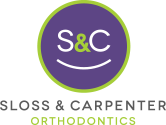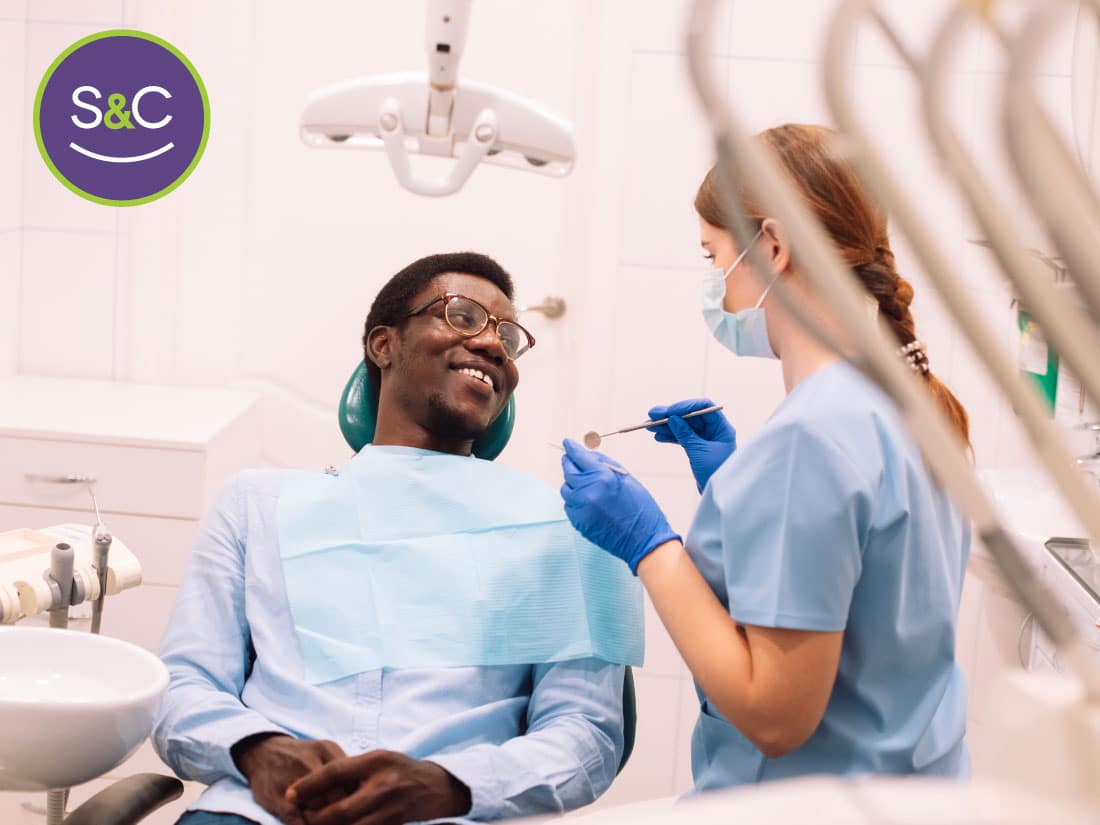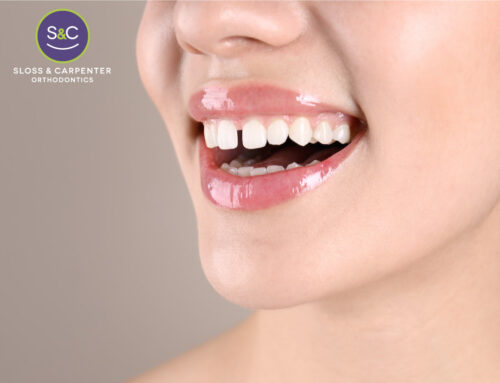Crooked teeth; this is how we characterize orthodontic conditions, issues, and general malocclusions. But orthodontics entails more than realigning crooked teeth. Indeed, to understand orthodontics to its fullest, we might want to refer to orthodontic conditions.
Here we talk about malocclusion, which is the term that encompasses orthodontic conditions, including teeth misalignments (crooked teeth). Appropriate identification of malocclusion contributes to planning effective treatment plans. Furthermore, we divided this article into three sections that include the sources, classes, and types of malocclusion.
Are Orthodontic Conditions and Malocclusions Genetic?
Yes, malocclusions might be hereditary, meaning there is a propensity for children to inherit malocclusion from their parents. Hereditary malocclusions are endogenous or congenital, which is a broader classification that relates to internal causes like craniofacial development and tooth and occlusal development.
Experts also define the existence of acquired factors that we can define as produced as an effect of something else causing it. For instance, there are habits like thumb sucking, tongue thrusting, or lip sucking that exert unwanted pressures that misplace teeth.
Malocclusion Classes
First, what is malocclusion? Summarizing, it refers to teeth misalignments that go beyond having crooked teeth. These orthodontic conditions, the malocclusions, are a misalignment between the upper and lower teeth.
This means teeth don’t match at the bite and require treatment to avoid or prevent problems in teeth such as:
- cracks and chips;
- uneven wear pattern that could end in tooth loss;
- risk of tooth decay and gum disease by boosting dental hygiene, allowing for improved food particles removal;
- get pain from affections in the craniofacial structure due to jaw malpositions and;
- malpositions affecting cranial and facial symmetry, among others.
Other overall health-related affections include:
- sleep apnea;
- poor nutrient absorption and gastrointestinal problems due to poor mastication of foods and;
- Infections are caused by misalignments that derive from poor oral hygiene. Infections spread through the bloodstream affecting other organs.
Now that you have a better idea of what malocclusion is and how important orthodontic treatment is to solve it, we move to the classification of common bite and teeth misalignment problems:
Class 1
The bite is normal in its front-and-back relationship, making it the most common and easy-to-solve malocclusion class. However, the upper front teeth slightly overlap the teeth in the lower jaw.
Class 2 – Retrognathism
It is commonly known as an overbite. It refers to a more serious overlapping, to the front, of the upper jaw and teeth with regards to the lower jaw and teeth. The severe overlap causes a noticeable asymmetry of the facial structure where the lower jaw appears retracted in its relationship with the upper jaw.
Class 3 – Prognathism
It is commonly referred to as an underbite. In this malocclusion class, the observation is the opposite of the previous two classes. The lower jaw protrudes to the front overlapping the upper jaw and teeth.
Malocclusion Types
So far, we have revised the three general classes of malocclusion that comprise a general perspective of the kinds of asymmetries in the bite and teeth misalignments.
However, malocclusion also varies according to typologies inserted in the previous categorizations. To make a graphic depiction of the types, we intend to insert them according to their classes to produce a more didactic description as follows:
Class I Malocclusion Types
A note to remember: they often refer to teeth misalignments that have little to no compromise of the upper and lower jaw relationship.
- Slight overlapping;
- Crowded teeth;
- Rotated teeth;
- Diastema – spaces between teeth and;
- Open bite when the front teeth in both jaws don’t touch each other when the
- When the patient attempts to bite, the front teeth don’t occlude.
Class II Malocclusion Types
A class II malocclusion differs from the first typology insofar as it affects the bite alignment. A class II malocclusion might proceed from factors like congenital (hereditary) or acquired (thumb sucking).
Congenital class II malocclusion derives from the poor development of the lower jaw, overdevelopment of the upper jaw, or a combination of the two factors. Nonetheless, it might occur as a consequence of an acquired habit like thumb-sucking.
Class II malocclusion also divides according to the position of the front teeth, so its treatment approach differs according to these sub-typologies:
Sub-Typology I
The upper front teeth slant forward toward the lips.
Sub-Typology II
The upper front teeth slant backward toward the tongue.
Class III Malocclusion Types
A protruding lower jaw unbalanced the facial profile producing a noticeable asymmetry. There is a significant mismatch of molars in both arches where the lower molars are set far to the front. There are two sub-typologies:
Sub-Typology I
Retruded maxilla refers to an upper jaw displacement backward.
Sub-Typology II
Protruded mandible occurs when the lower mandible and teeth growths forward.
Celebrities With Malocclusions (Crooked Teeth)
Malocclusions are quite common and sometimes pass inadvertently. However, when a celebrity has malocclusion, they are easier to identify, as you might see from the cases we share with you.
Madonna
The singer used to have a diastema, which is a typology that falls under class I malocclusion. It is inevitable to recognize she had a wonderful orthodontic job on her teeth.
Emma Watson
A touch of magic on her teeth. Yes, Emma Watson wore braces to correct her misaligned teeth.
Miley Cyrus
She wore orthodontic appliances during the time she was impersonating Hannah Montana.
Malocclusion and Orthodontic Conditions Treatment With an Orthodontist Near Me
At Sloss & Carpenter, we are glad to serve the Centennial community by providing state-of-the-art Early orthodontic treatments to treat all three classes of orthodontic conditions.
Treatment can involve a short intervention or a longer treatment period. Make sure you ask about our innovative solutions, such as the reliable Clarity™ Ceramic Braces Centennial residents can count on.
If you’re looking for the most reliable Orthodontics Services Centennial residents can find, book a consultation online using our quick contact form or call (720) 792-8907 to schedule an appointment. Dr. Erin Sloss will gladly develop a plan tailored to your malocclusion, so you can get straight teeth and start enjoying a smile for life.


